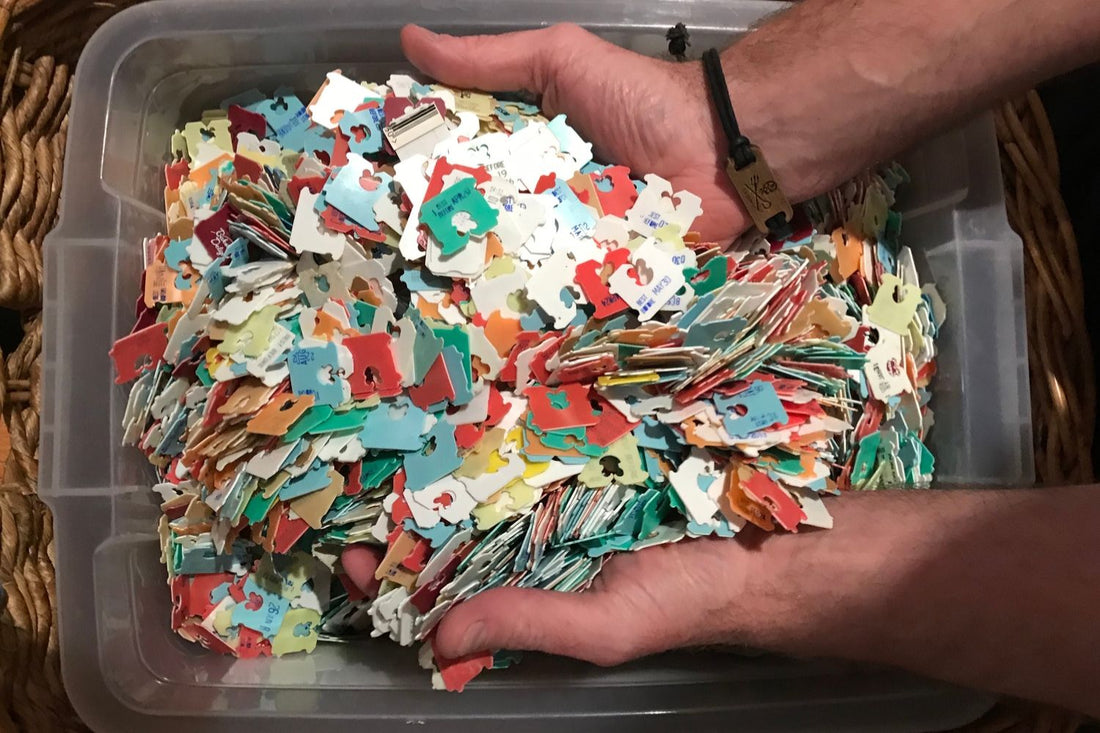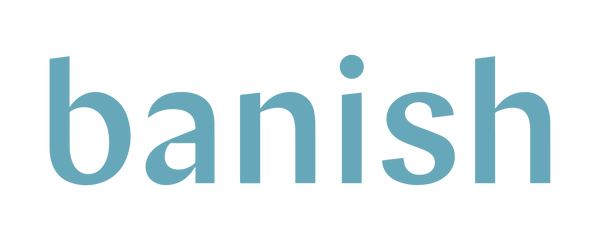
Starting a circular economy with a simple bread tag

By Sophie Winter
Bread tags are an incredibly clever invention. Made from a high-performance plastic - #6 polystyrene (PS) - makes them rigid and fit for a magnitude of purposes. Yet, like a lot of things these days, they are produced in overabundance and used in a disposable manner. Almost every loaf of bread that lines supermarket shelves nowadays comes complete with a colourful clip - not to mention wraps, pizza bases, rice crackers... even broccolini bunches!
Learn how you can recycle your bread tags in Australia while supporting amazing initiatives that are doing good things for the planet and the people!
This might seem a small conundrum when considering the overarching issue of society’s single-use mentality, but there’s a lot more at stake. Being polystyrene means these tiny pieces of poison (...I mean plastic) are not processable in curbside recycling programs/facilities. So dropping them into your yellow lidded bin, unfortunately, won’t save them from heading straight for landfill.
They’re in the same boat as their foam counterpart, styrofoam, as well as CDs and DVDs, when it comes to tricky recycling tactics.
Bread tags heading to landfill possess major threats to land and marine ecosystems. Polystyrene is a very lightweight material so is easily carried by wind and water and can travel massive distances. It is also extremely durable (post-consumer PS is commonly used to build roads and power biodiesel engines), so it may break up into tiny particles (microplastics) but will never completely disappear.
If you want to stop buying bread in plastic altogether, use a reusable Onya bread bag.
The best solution is to avoid buying bread and other food items in single-use plastics (get yourself a funky reusable bread bag and support your local bakery instead). However, understandably, it may be unrealistic for every family to always buy their bread; wraps; pizza bases and broccolini from entirely plastic-free sources. So if you do end up with a collection of bread tags - please hold onto them. They can be put to good use.
Introducing Bread Tags For Wheelchairs
Bread Tags for Wheelchairs is a community-driven initiative whereby individuals and organisations collect bread tags to be sold to independent plastic moulding companies (Australia’s company of choice is Transmutation, located in South Australia). There, the tags are repurposed into a wide variety of products such as seedling trays, picture frames, doorknobs, coat hangers and more. That’s not all though – the money earned from selling the tags is used to purchase wheelchairs for people who can not afford them.
The idea was dreamt up in 2006 by a woman from South Africa named Mary Honeybun, who wanted to continue doing good deeds after retirement. By 2008, she had raised enough money to supply the first wheelchair.
An Australian woman named Jenny Cooper caught wind of the initiative in September 2018 and decided to open a partner program. There are now 260+ collection points across Australia, and NZ and the USA have opened branches too. Altogether the foundation recycles over 6000kgs of tags and provides 75 wheelchairs to people in need each year.
It’s so inspiring to watch a small initiative like this one gain momentum and grow to a size where it is really making a difference. It’s also a great stepping stone for communities, workplaces, schools and individuals to come together and discuss further ways to preserve our natural environment and help fellow humans in need. A win, win for everybody.
“Never doubt that a small group of thoughtful, committed people can change the world. Indeed, it is the only thing that ever has.” - Margaret Mead
To find your closest bread tag collection point, please visit the Aussie Bread Tags for Wheelchairs Facebook page or view the website map here.
Alternatively you can send your bread tags to Banish as part of their BRAD recycling program, click here for more information.
Send them to:
Banish Recycling Program
Parcel Locker 10141 88307
93 Grafton Street,
Bondi Junction NSW 2022.
About the author
Sophie is a part-time writer and part-time nature park ranger; combining her two greatest passions to create awareness of and fight for conservation causes. You can read up on her latest projects at srwcontent.com.

